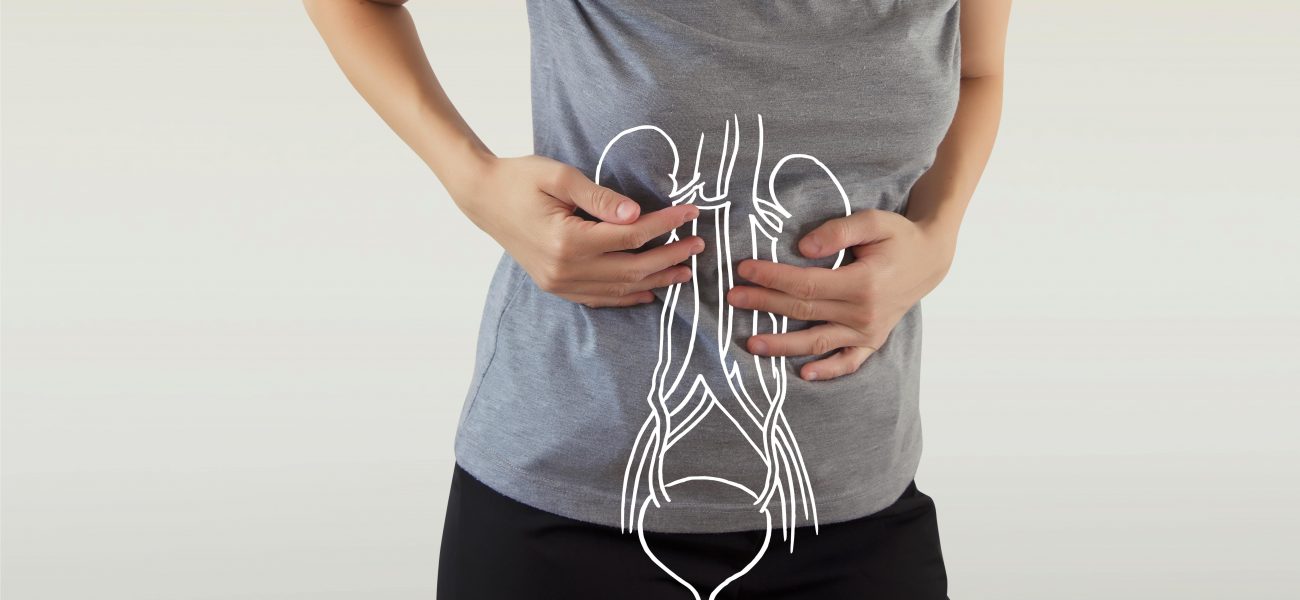Is it Possible to Develop Incontinence at Any Age?
Our bodies go through various changes over our lifetimes, both internally and externally, and some of them require lifestyle modifications to adapt to. Urinary incontinence is one such interruption.
Urinary incontinence, or the inability to control one’s bladder, is a common and unpleasant or distressing problem. The bladder muscles do not perform correctly in this condition, preventing one from holding and releasing urine at the appropriate times; instead, it abruptly empties itself without warning. The amount of urine that flows and how severe it is varies from person to person. Many people have modest pee leaks on occasion, while others may lose tiny or moderate quantities of urine more regularly for a number of reasons. It might be anything from accidentally leaking urine when you cough or sneeze to having a sudden and intense desire to urinate to the point where you are unable to get to the restroom in time.
Urinary incontinence affects around 200 million individuals globally and can occur at any age. It is, however, more frequent in women than in males, and in those over the age of 40. Incontinence affects as much as 24% of women between the ages of 18 and 24, and around 23% of women over the age of 60.
Weak bladder muscles, injury to the nerves that regulate urination, and irritation to the bladder wall are some of the most prevalent reasons for incontinence or an overactive bladder. Medical diseases such as an enlarged prostate, diabetes, and Parkinson’s disease can cause incontinence in males, whereas obesity, constipation, cystitis, diabetes, respiratory problems such as asthma, gynecological surgery, and other common lifestyle problems can cause incontinence in women. Since pregnancy, childbirth and menopause weaken the bladder muscles and increase the pressure inside the abdomen, women are more prone to develop incontinence.
A hereditary tendency to an overactive bladder may also exist in certain persons.























